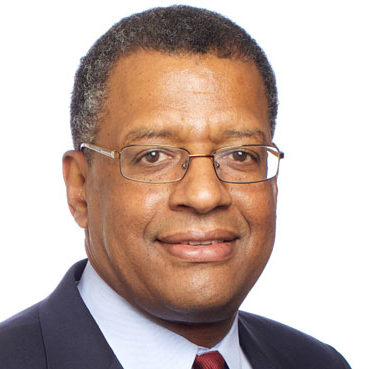
By 2045, the majority of the U.S. population will be Hispanic, Black, Asian or multiracial. This demographic shift will occur even sooner among students at colleges and universities, according to a Brookings Institute analysis.
While these changes are well underway, women and minorities are not always represented in the decision-making and implementation of on- and off-campus real estate projects. Now is the time for business officers and other academic leaders to institutionalize DEI (diversity, equity and inclusion) across operations.
Here are five steps institutions can take to integrate DEI principles in real estate and facilities management:
1. Make representation a priority: Too often, the leadership at colleges and universities does not reflect the demographics of the campus community itself or the larger surrounding community. This lack of representation can undermine the community’s trust in the institution’s leaders, as well as cause diverse perspectives to be overlooked.
DEI starts with representation. Leaders in academia need to evaluate whether their real estate and community engagement teams are as diverse as both the student body and the communities surrounding the campus.
As David Thomas, president of Morehouse College, put it during a recent NACUBO webinar on DEI, “The president or dean of the college needs to also be the chief DEI officer.”
2. Engage with the diverse communities surrounding your campus: Successful community engagement is largely about perspective: colleges and universities need to see themselves as part of the community and act accordingly, particularly in depressed urban or rural areas.
Yale professor and urban ethnographer Elijah Anderson refers to the “cosmopolitan canopy” as a setting where diverse peoples interact peacefully, even amidst areas where segregation has been the norm.
Drexel University in West Philadelphia has embraced the cosmopolitan canopy by erasing boundaries between its campus and the surrounding community, creating more free and open space. Texas A&M San Antonio partners with local school districts to co-operate K-12 schools, promote digital equity in schools and ensure the delivery of high-quality education to students in the community.
“Talent is universal. Opportunity is not,” says Texas A&M San Antonio President Cynthia Teniente-Matson. “We’re all in the business of trying to create opportunity.”
3. Build flexible learning environments to serve diverse student populations: Diverse student populations may include students who need to balance work and school; who already have some college credit; or who have limited access to a physical campus.
Academic institutions must expand access to these and other students who may not have a “traditional” academic background. This includes offering hybrid and online learning options, as well as cooperative education programs that place students in full-time paid jobs for part of the academic year.
Real estate and facilities projects should reflect the goals of enabling students to learn according to their needs and making education available to a broader student population.
4. Work with diverse service providers, contractors and other vendors: Colleges and universities where DEI is a high priority should commit to doing business with diverse vendors and service providers for real estate and facilities projects. Engaging with the community during development can help institutions ensure their goals are aligned with the needs of the community, as well as help business officers and real estate teams identify diverse local contractors with whom to do business.
Drexel recently recruited a community advisory group to provide input on a campus development project. In addition to helping shape priorities and a plan, reviewing projects on the site, and discussing design inclusion and neighborhood impacts, the advisory group helped Drexel connect with minority and women-owned businesses, many of whom employ residents of West Philadelphia.
“The talent is there,” says Drexel University President John Fry. “You have to go and look for it, particularly in your prime contractors.”
5. Structure public-private partnerships (P3s) with DEI in mind: A joint venture between a college or university and a private-sector developer to build, finance and maintain facilities is known as a public-private partnership, or P3. These initiatives can include contract terms to advance DEI goals like mandating supplier diversity, fair wages and other relevant considerations.
P3s can also be used to launch real estate projects that transform the surrounding communities and provide greater economic opportunity for residents.
Integrating DEI principles throughout academic institutions is a long-term commitment. Ensuring that campus real estate development and facilities management are inclusive of underrepresented and marginalized communities is one of many ways colleges and universities can work toward building a more equitable future.
Herman Bulls is vice chairman and founder of JLL’s Public Institutions business line.








